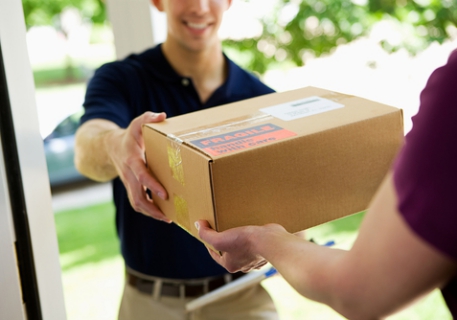
Shipping is a big deal in retail.
The latest Omni Usage Report by PYMNTS and Vantiv noted that a quarter of consumers have cancelled a purchase because shipping was taking too long, while just as many have abandoned their cart upon learning that the retailer could not get the purchase to their home fast enough.
With those numbers hanging over their heads, it’s not hard to understand why retailers are grappling to offer faster shipping for less money than their competitors.
Sam’s Club now has a Plus membership that lets customers enjoy free shipping all year after paying a one-time fee of $100. Target acquired same-day delivery platform Shipt to serve its U.S. customers faster than ever.
Amazon, which arguably started the whole shipping war, is now fighting to stay at the top, offering free shipping on purchases from other sites – right now, woot.com – to Prime members who log in using their Amazon accounts.
But with so much discussion surrounding the efficiencies of speed and price, surprisingly few are talking about the potential efficiencies that could be achieved with regard to packaging and size.
That’s the angle eBay has taken with its new augmented reality (AR) feature for Android ARCore devices (a version for iOS and ARKit is in the works).
The feature, according to Retail Dive, helps selling customers decide which U.S. Postal Service (USPS) Flat Rate Box is the best size for shipping their items, with plans to offer similar sizing assistance for other package carriers and mail systems in other countries. It was originally conceived during the company’s annual Hack Week in July 2017.
eBay explained on its blog that the AR experience leverages motion tracking and environmental understanding to show sellers how their sold item will fit inside any standard USPS Flat Rate Box. All sellers have to do is hold up their phone to a real item to try on virtual boxes for a fit.
Sellers can move the boxes around to see a full view of the item inside. By looking from the top, front, and sides, sellers can determine whether the item will fit (and how much room will be left for padding) before they even acquire the box or attempt to package the item – a process which eBay acknowledges can be time-consuming, and presents a hassle at the point of shipping if sellers wait until they arrive at the post office to figure it out.
The technology also provides real-time calculation of shipping costs based on the chosen size.
The feature aligns with eBay’s ongoing “multi-year journey to replatform,” Retail Dive notes. The company has integrated artificial intelligence (AI) capabilities into its tech stack to streamline and enhance the customer experience, introducing AI-based image-recognition search functions in October along with Grouped Listings powered by machine learning to provide tailored user results. In November, it upgraded its smart-shopping capabilities with updates to its Google Assistant app.
All of this fits with eBay’s tech-focused roadmap for 2018, which was marked by the hire of VP and Chief Scientist of artificial intelligence Jan Pedersen – formerly of Twitter, Yahoo, Amazon, and Microsoft – in February.
Under Pedersen’s leadership, eBay hopes to hone in on AI ventures including computer vision, dynamic pricing, search and personalization functions, as well as leveraging augmented, virtual, and mixed reality to enhance the retail experience.